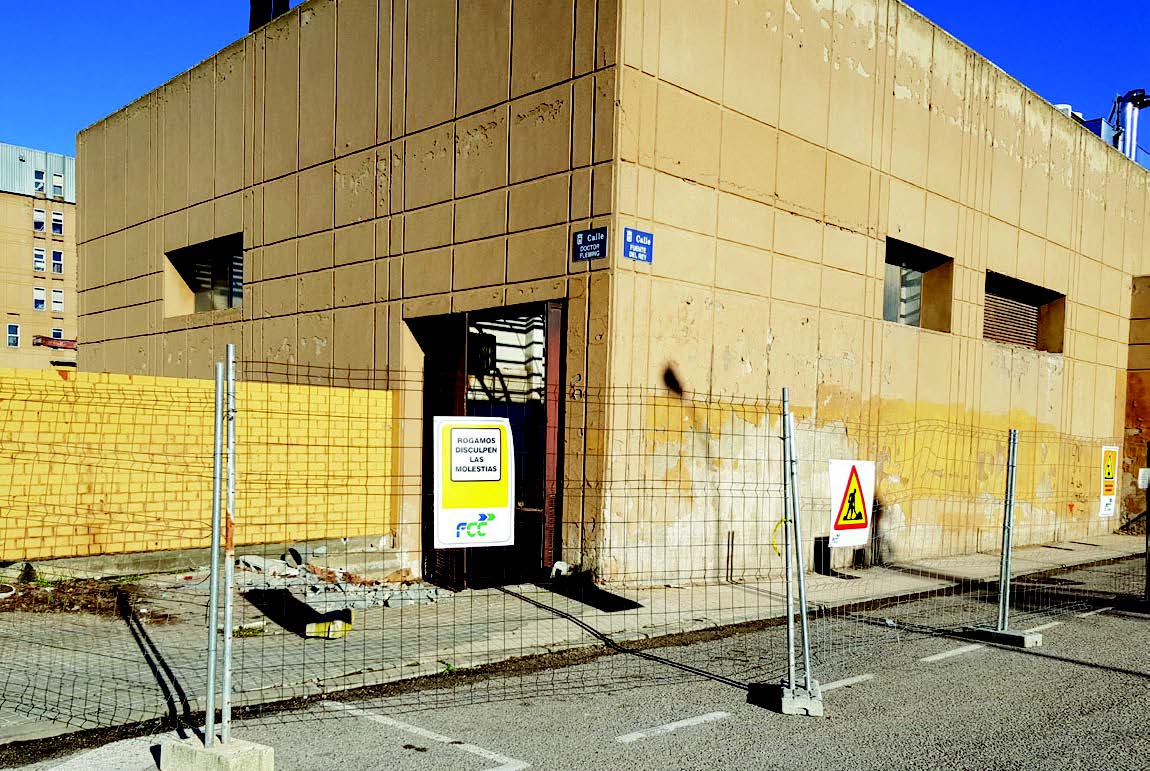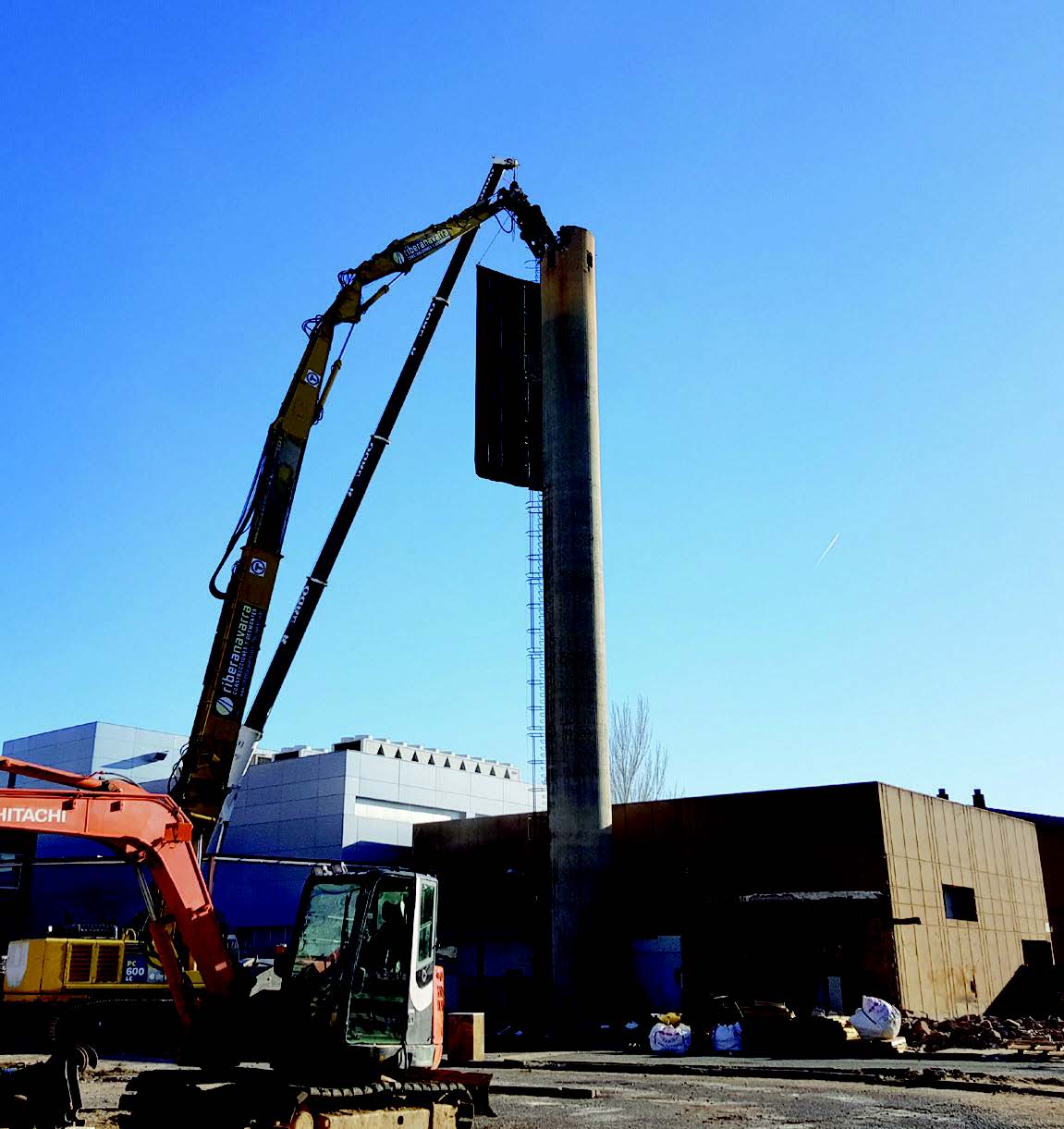Minimización de las molestias por ruido – Hospital de Soria
Descripción de la actuación social y ambiental.
Necesidades detectadas:
El proyecto abarcó la renovación de todas las plantas existentes en el actual Hospital, desde el Nivel 0 hasta el Nivel 7, las cuales no fueron intervenidas en la Fase I, con una superficie de 13.068,40 m², afectando así una superficie total construida de 35.716,80 m².
La obra de ampliación y reforma del Hospital de Soria (España) se ejecutó mientras el edificio estaba en funcionamiento. Dado que el proceso de reforma se realizaba en fases y la ampliación se llevba a cabo den el propio edificio o en sus arlrededores, el ruido y el polvo inherentes a cualquier construcción tuvieron un impacto significativo.
El hecho de que la actividad de construcción se desarrollara en convivencia con la actividad del hospital y en una zona que requiriera silencio, implicó la necesidad de tomar precauciones especiales para reducir al máximo el ruido y el polvo, sin que esto perjudicara el avance de las obras.
Soluciones adoptadas:
Con el fin de minimizar las molestias en el hospital, se implementaron diversas medidas.
En primer lugar, se dividieron las áreas de intervención del edificio, y durante su uso se conectaron con barreras estancas mediante tabiques de placas de cartón-yeso, los cuales fueron sellados adecuadamente.
Para asegurar que estas barreras fueran efectivas y suficientes para controlar las condiciones de ruido y polvo, tanto en las áreas del edificio en uso como en el entorno de las obras, se realizaron mediciones mensuales necesarias para evaluar los puestos de trabajo.
Estas mediciones se efectuaron tanto en el exterior de la obra como en la zona interior del edificio, más cercana a los trabajos de demolición, ya que se consideraba esta área como el principal foco de ruido y polvo.
Resultados:
Desde FCC Construcción hemos valorado y priorizado minimizar las posibles molestias causadas por el ruido. En efecto, las mediciones periódicasconfirmaron que las barreras entre el edificio en uso y la zona de obras funcionaban adecuadamente y eran suficientes para mitigar los impactos de la construcción en los usuarios y trabajadores del hospital.
Así mismo, se verificó el cumplimiento de la normativa local de planificación urbana relacionada con el ruido, que limita la emisión sonora en espacios públicos debido a que se trata de una zona de silencio.










